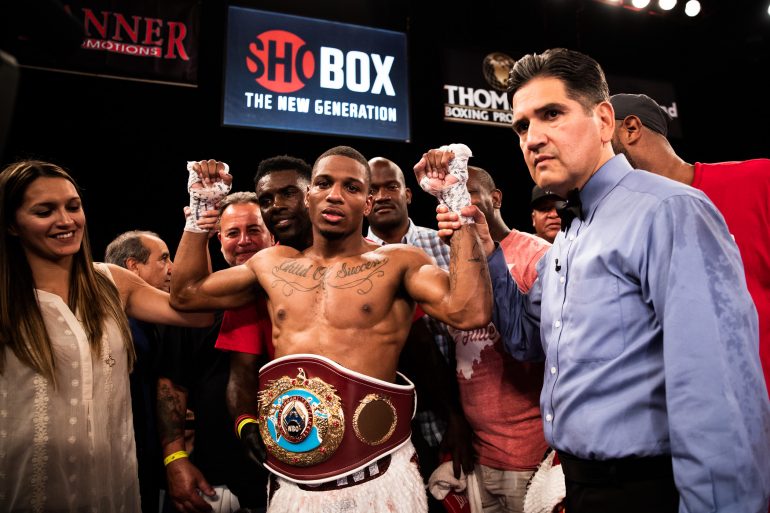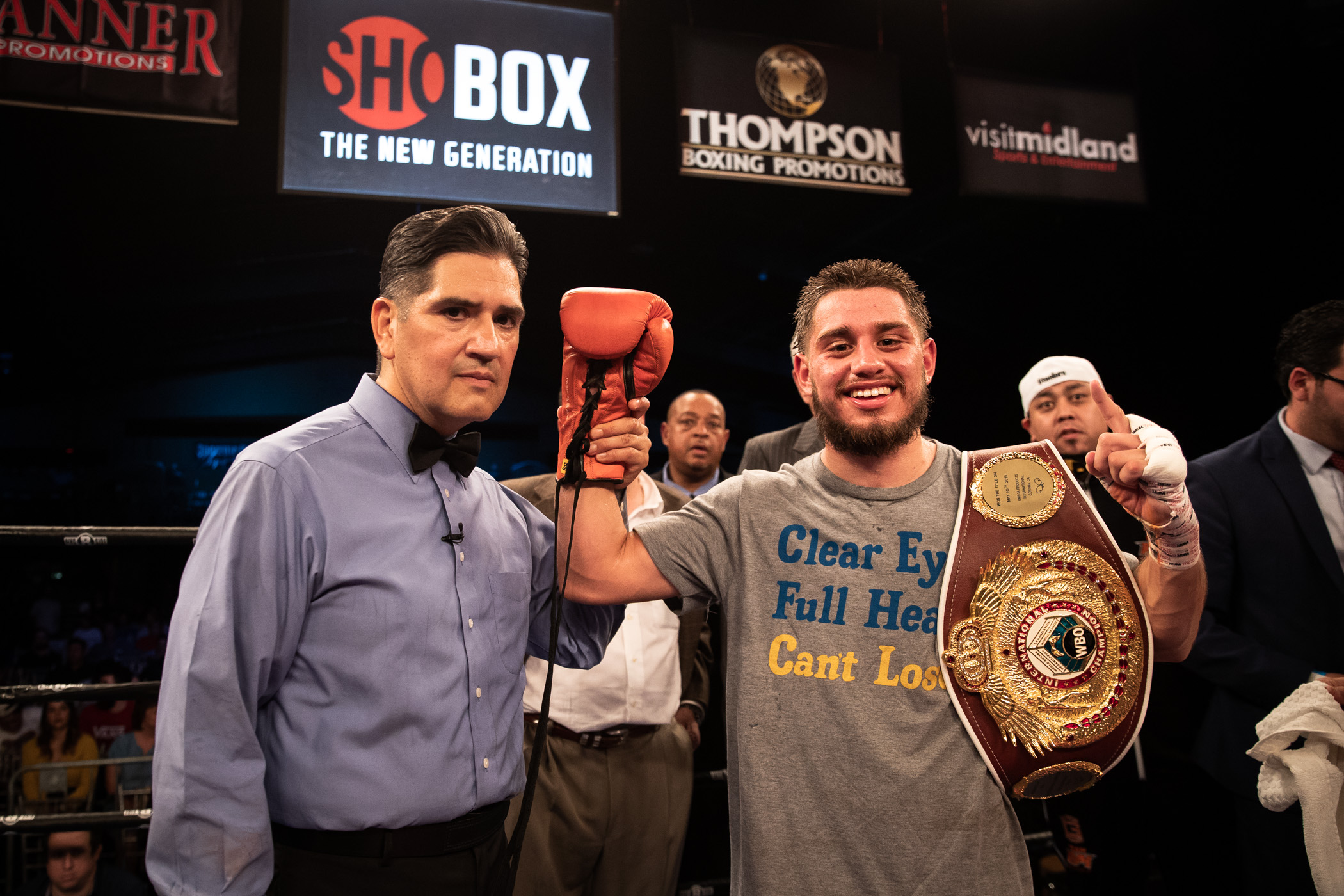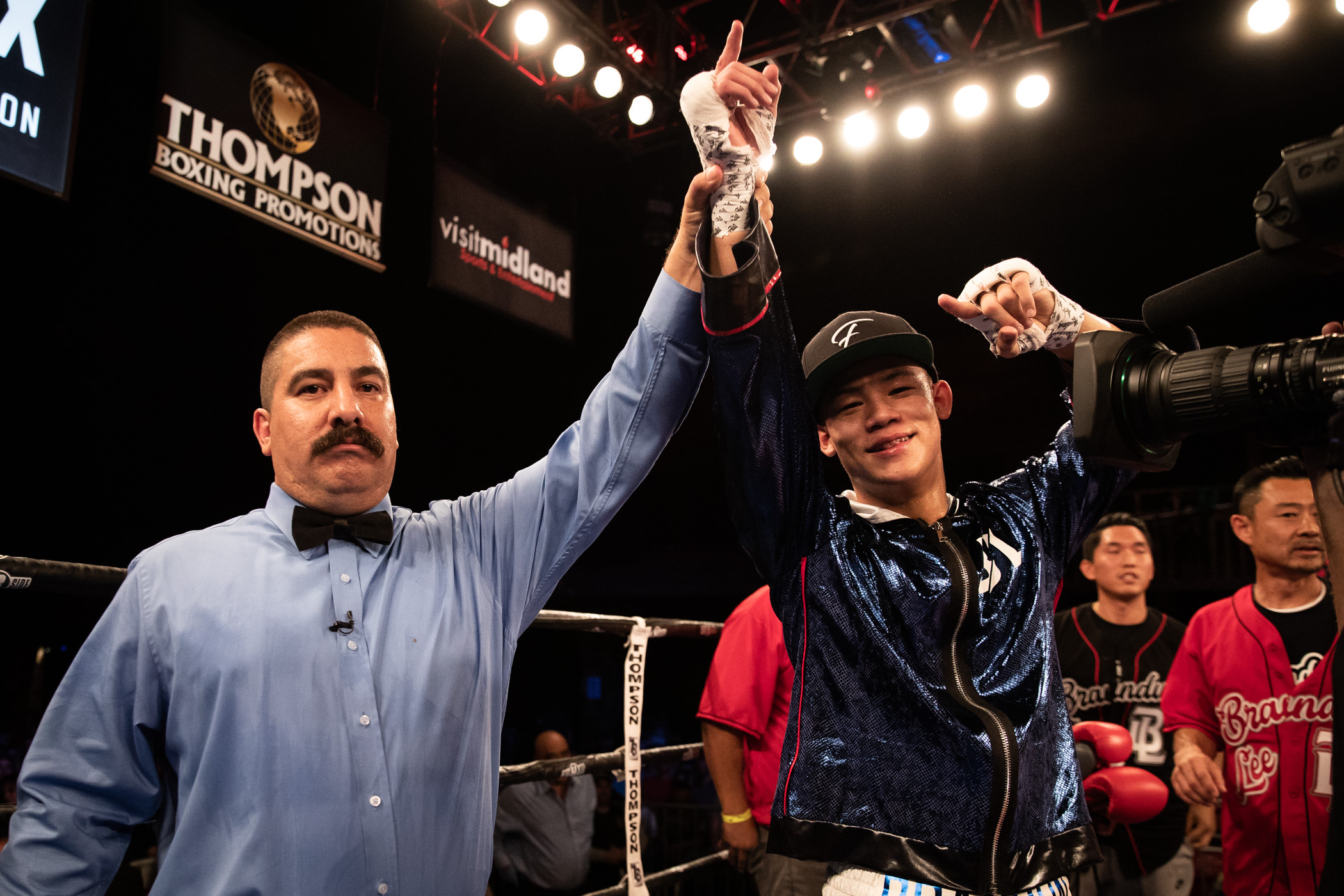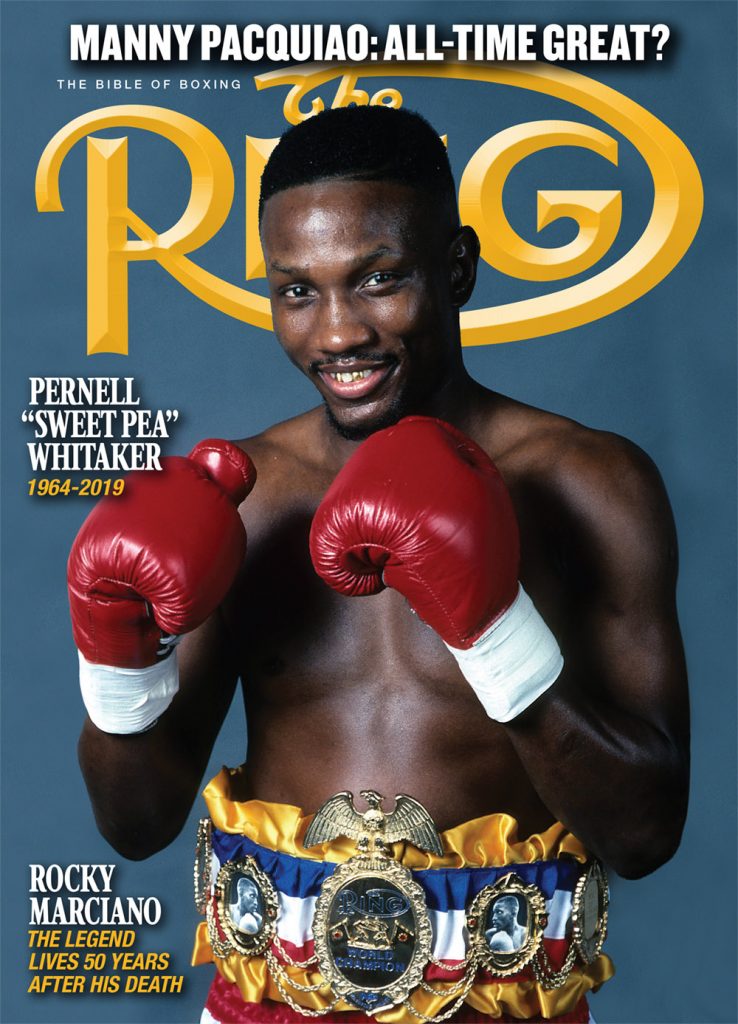The Travelin’ Man goes to Midland: Part Two

Please click here to read Part One.
Friday, September 20 (continued): In an early scene from the 1995 movie “Forget Paris,” Billy Crystal, portraying NBA referee Mickey Gordon, was officiating the final seconds of a playoff game between the San Antonio Spurs and the home-standing Phoenix Suns. The Suns’ Dan Majerle in-bounded the ball to Kevin Johnson, who passed it to Charles Barkley with six seconds left on the clock. Barkley dribbled to his left, then hit what appeared to be a buzzer-beating three-pointer that not only won the game but also vaulted the Suns into the NBA Finals.
With the players celebrating at center court and with the Suns fans roaring in rapturous delight, broadcaster Marv Albert declared that the shot by “Sir Charles” produced “the most dramatic victory in the history of the Suns franchise.”
What a wonderful scene it was but, thanks to Crystal/Gordon, it wouldn’t last.
Suddenly the diminutive official bounded onto the court, blowing his whistle, leaping into the air and waving his arms.
“No basket!” he bellowed with unshakable conviction. “The shot was after the buzzer! Game’s over!”
Even as the players surrounded him and called him names and even as the crowd chanted obscenities at him, Crystal/Gordon remained unmoved. The reason: He was right. The movie clip clearly showed that the ball was still in Barkley’s palm when the buzzer sounded and Crystal/Gordon showed uncommon courage under enormous pressure by staying true to the rules and to what he saw despite his surroundings. Such is the fate of the justified contrarian.
Tonight referee Robert Velez faced a similar scenario while officiating the main event between lightweights Michael Dutchover and Thomas Mattice at La Hacienda Event Center in Midland, Texas, Dutchover’s hometown. Entering round eight, the result was still in question and with a little more than 30 seconds gone, a gash was spotted over Dutchover’s left eye. As the cut entered Velez’s range of vision, the referee – knowing the implications of what he was about to do – pounded his hand into his fist to signal to the commissioners that he believed the cut was caused by a punch and not by a clash of heads.
With 1:38 left in the round, Velez, seeing that the injury had worsened considerably, stopped the action and summoned the ringside physician to examine the cut. Once again, he indicated – without hesitation – that the cut was caused by a punch.
It took only a brief glance for the doctor to declare the bout over. Because of Velez’s ruling, the hometown fighter lost the fight – and his undefeated record – by TKO. Meanwhile the defiant Mattice further stoked the crowd’s fury by jumping onto a rope and pointing his glove at some members of the audience who had booed him. Moments later, cups filled with water, ice and beer were thrown toward ringside one missile’s contents splashed onto my left arm – and only Dutchover’s plea to stop prevented the scene from becoming even worse.
It would have been easy for Velez to bow to his surroundings and declare that the cut was caused by an accidental butt. Had he done so, it would have been revealed that Dutchover would have been the winner by a technical split decision because he was ahead on two of the three scorecards. Everyone (except Mattice and his team) would have gone home happy and the two fighters would have continued on their respective career trajectories. Because Velez stuck to his guns, history was changed.
And guess what? Velez was correct. A look at the replay revealed that the fighters’ heads did not collide at any point before the blood became visible. Moreover it appeared that the cut was opened by the opening jab of a one-two combination and that Mattice’s subsequent punches only worsened the injury.
The statistics also backed up the eventual winner, for Mattice out-landed Dutchover 187-121 overall thanks to his 97-18 lead in jabs and he was the much more accurate hitter in all departments (41%-25% overall, 33%-8% jabs, 54%-38% power). Also, the CompuBox round-by-round breakdown of total connects had Mattice ahead 5-3 after narrowly losing the first two rounds (15-14 and 22-20). The final four rounds saw Mattice out-land Dutchover 104-59 overall, including a 48-10 bulge in landed jabs and, to me, he appeared to be in command of the contest. While Dutchover was slightly busier (65.4 punches per round to Mattice’s 60.9), Mattice, in my eyes, was the more effective fighter.
This was, by far, the best version of Mattice I’ve seen yet. He was quick, sharp, busy, versatile and confident, which was exactly how he needed to be, given this was his fifth appearance on “ShoBox” and he was fighting in his highly touted opponent’s backyard. As for Dutchover, he seemed to handle the run-up to the fight very well, as he appeared relaxed and assured, but, at times in the fight, he appeared to be searching for less-practiced options after his opening wave failed to get the usual results. To me, he was experiencing a mild form of culture shock that is common to fighters who are confronted with a higher level of competition and resistance. Call it “The ShoBox Effect,” if you will. After all, Dutchover, according to historian Steve Farhood, became the 191st fighter to lose his undefeated record since ShoBox’s debut in July 2001.
The good news is that the 21-year-old Dutchover still has plenty of time to learn and rebound from this disappointing result and by calming the crowd and walking out of the arena with Mattice, he displayed maturity and class that should serve him well inside the ring and out. While Dutchover will never forget Midland, he will need to forget – at least to a point – his fight with Mattice.
*
Every so often, one has to look deeper into the numbers to put a fight in proper context and Ruben Villa’s comprehensive decision victory over Enrique Vivas was one such fight. If one looks at the raw numbers alone, Villa’s narrow 164-148 lead in total connects doesn’t jibe with the three properly rendered 100-89 scorecards submitted by all three judges. The picture becomes much clearer when one realizes that Villa needed far fewer punches (374) to get his 164 connects while Vivas needed to launch 228 more blows (702) just to get to 148. Moreover each of Villa’s connects were sharper, cleaner, snappier and much easier for the judges to see while Vivas’s were fired in clusters that mostly missed or were blocked. That dynamic can be seen in the vast percentage gaps favoring Villa (44%-21% overall, 36%-14% jabs, 59%-25% power) and the fact that Villa exceeded 50% power accuracy in eight of the 10 rounds while Vivas topped 30% power precision just once (35% in round one).
Despite the vast difference in output, Villa out-landed Vivas in seven of the 10 rounds and topped 20 total connects four times to Vivas’ zero (his 18 connects in rounds one and nine were his high-water marks).

Ruben Villa IV. Photo by Amanda Westcott-SHOWTIME
Between rounds eight and nine, I passed a note to Steve Farhood stating that Villa, to me, was the southpaw version of onetime WBC bantamweight titlist Alberto Davila, who went 56-10 (26) during a career that began in March 1973 and ended in August 1988. At 5-feet-3, Davila was short for a bantamweight and because he lacked one-punch clout, he compensated with mobility, science, intelligence and know-how. At his best, he was a joy to watch and his skills challenged the best of his day (Carlos Zarate, Wilfredo Gomez, Lupe Pintor, Jorge Lujan and Miguel Lora) and bedazzled most of the rest. Cuts became the bane of Davila’s later career and they played a pivotal role in his June 1987 rematch against Frankie Duarte as a clash of heads opened a fight-ending gash. Because the butt happened so quickly, it went undetected and the fight ended in a 10th round TKO for Duarte instead of the unanimous technical decision victory for Davila it could have been (Davila led 87-83 on two cards and 87-84 on the third). It’s too bad for Davila that Robert Velez was too young to work that fight.
I believe Villa is ready to take the next step up the ladder in terms of opponents and, at 22, he has plenty of time to add to his already considerable game. Villa’s smashing second round knockdown was one manifestation of his evolution, as was his increasing willingness to exchange with his aggressive foe. While he’s not yet ready to fight featherweight titlists Leo Santa Cruz, Gary Russell Jr., Josh Warrington or the winner of Shakur Stevenson-Joet Gonzalez, Villa will be a fighter to watch carefully – and enjoy – over the next few years.
*
In Part One, I said that the Brandun Lee-Milton Arauz had “showcase” written all over it and Lee made that prediction come true in emphatic style as he dusted the brave Nicaraguan in just under six minutes of ring time. The 20-year-old Californian seized command from the start, let his hands go and didn’t allow Arauz to get a punch in, edge-wise. In round one, Lee was 33 of 109 overall to Arauz’s 14 of 47 and he capped the second round (23 of 71 to 15 of 49) with a crushing right cross that scored the fight’s only knockdown. The final right is exactly the kind of punch that will forever be featured on Lee’s highlight reel and it provided the perfect exclamation point for his night’s work as well as a persuasive argument that he is worthy of further attention.
The stats, however, offer a potential stumbling block for the future – defense. Yes, the raw numbers painted an appropriately dominant picture as Lee out-landed Arauz 56-29 overall, 16-12 jabs and 40-17 power but those leads were exclusively the result of his far superior work rate (90 punches per round to Arauz’s 48). The reason for caution can be found in the punch percentages; while Lee prevailed 31.1%-30.2% in overall accuracy, he trailed Arauz 20.3%-18.8% in jab precision and, most interestingly, 45.9%-42.1% in power accuracy. For me, a fighter who takes 40% or more of his opponents’ hooks, crosses and uppercuts should be considered suspect in terms of defense but by taking 46% of Arauz’s power shots, it’s clear that Lee must sharpen his defense if he is to reach the highest levels of the game.

Brandun Lee (Photo credit: Amanda Westcott-SHOWTIME)
Granted, Lee is still in the record-building phase of his career where producing “SportsCenter moments” are vital to building brands but history has shown that young sluggers can become much less hittable without sacrificing their firepower. Case in point: Former (and perhaps future) WBC super middleweight titlist David Benavidez. In his five CompuBox-tracked fights between November 2015 and August 2016, Benavidez, then age 18 and 19, was an offensive force who landed 49% of his power punches but also allowed 41% of his opponents’ power punches to connect. But in his next five fights between January 2017 and March 2019, Benavidez (then 20 and 22) became a better-than-average defender (21% overall, 15% jabs, 28% power) while increasing his work rate (from 51.3 to 70.3 punches per round while landing 34% overall, 25% jabs and 42% power). In fact, in his most recent fight against J’Leon Love, the accuracy gaps were immense (52%-17% overall, 38%-9% jabs, 55%-22% power) and the final result – a second-round KO – was pleasingly brutal.
So it can be done and let’s hope that Lee follows Benavidez’s example and become the best fighter he can be.
It had been an unusual but action-packed night at the fights. We had a four-minute round and a 10 minute and 45 second delay due to a broken rope during the Villa-Vivas bout and the night almost ended with a full-scale riot but, in the end, it was a successful night at the fights.
After consuming a post-fight sandwich, CompuBox colleague Ben Chan and I returned to the hotel. However my night’s work wasn’t quite done because I needed to enter the night’s numbers into the master database and send the files for the TV fights to the Draft Kings people. Because of the extra work, I turned out the lights at 2:45 a.m.
Saturday, September 21: With my room’s alarm clock not working – a more frequent occurrence as of late – I used a news station’s clock on the big screen TV to keep track of the time. Seeing the numbers “7:24” through my non-bespectacled myopic and astigmatism-stricken eyes, I thought I had awakened within six minutes of my intended rising time but, midway through my morning routines, I realized the time I had seen on the TV was that of the Eastern time zone instead of Texas’ Central Daylight Time. In other words, it was an hour earlier than I thought it was.
No matter; I’m used to working on short sleep and I saw it as an opportunity to get even more work done before my scheduled 10:15 a.m. departure for the airport.
As was the case on Thursday, Chan was my carpool partner and just as he had done on Thursday, he flawlessly guided me to the airport.
Believe it or not, it took me longer to clear security with TSA Pre-Check than it took Ben without it. Here’s why: First, because the electronic code on the boarding pass I printed at the hotel’s business center couldn’t be read by the TSA agent’s device, I was told to return to the ticket counter and have an agent print new passes. Second, after having walked through the metal detector, another TSA agent, after briefly sizing me up, handed me a plastic red placard and said, “You have been randomly selected to undergo an additional screening of your electronics. The officer who will conduct the screening is over there.” For me that meant two laptops and my cell phone and just as I was giving the agent my second laptop, I heard a familiar voice over my left shoulder.
“You must have a dishonest face,” said a smiling Barry Tompkins.
“Maybe it’s the red hair,” I joked.
The process took less than 90 seconds to complete and, with that, I was free to proceed to my gate. Waiting for me was Ben, who cleared security much quicker than I did, despite not having TSA Pre-Check privileges. Even here, this competitor proved to be the faster man.
For those who wonder why I choose to arrive at the airport well before my boarding time, mornings like this are the reason. The extra time I gave myself allowed me to experience these delays with a positive attitude and without a trace of stress. What a luxury.
After Ben and I ate brunch at the airport’s Market Fresh outlet, we took our seats at Gate 5B and passed the time talking track and field, which ranks with boxing, tennis and Australian Rules football as my favorite sports to watch. Once I settled into my fifth-row aisle seat, I awaited the arrival of my seatmate, who turned out to be a 23-year-old El Paso native with a passion for real estate and the San Antonio Spurs. To me, Rudy bore a strong facial resemblance to a very young Erik Morales and if his dreams become reality, he may end up making even more money than “El Terrible” did in the ring. We spent the entire flight exchanging life stories and both of us came away better for it.
Not all flights feature such lengthy conversations because not all seatmates want to talk – which is fine by me. For instance, on the Dallas-to-Pittsburgh leg, I had two seatmates; the one on the aisle didn’t speak at all while I chatted briefly with the one in the middle seat during the settling-in process (for the record, he was a 20-year-old military man preparing for a two-year stint in Japan).
The plane touched down in Pittsburgh shortly after 6:30 and the drive home was pleasingly uneventful. I pulled into the driveway at 9:24 p.m., closing out the first of what will be a three-weekend swing. Next up will be my first ringside assignment with FOX, for I will be working next Saturday’s pay-per-view card topped by Errol Spence Jr.-Shawn Porter while the following week will see me trek to Flint, Michigan, to chronicle Claressa Shields’ pursuit of a third divisional title against former welterweight beltholder Ivana Habazin.
Until then, happy trails!
*
Lee Groves is a boxing writer and historian based in Friendly, West Virginia. He is a full member of the BWAA, from which he has won 16 writing awards, including two first-place awards, since 2011. He has been an elector for the International Boxing Hall of Fame since 2001 and is also a writer, researcher and punch-counter for CompuBox, Inc. He is the author of “Tales from the Vault: A Celebration of 100 Boxing Closet Classics” (available on Amazon) and the co-author of the newly released book “Muhammad Ali: By the Numbers” (also available on Amazon). To contact Groves about a personalized autographed copy, use the email [email protected] or send him a message via Facebook.
Struggling to locate a copy of The Ring Magazine? Try here or
Subscribe
You can order the current issue, which is on newsstands, or back issues from our subscribe page.















